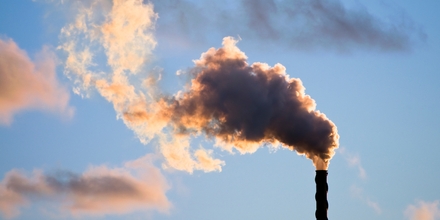Environmental Governance
Our Work
Latest in Environmental Governance
-

Getting delivery right: the EU 2030 climate and energy targets and the challenge of governance
The EU’s commitment to GHG reductions of “at least” 40% by 2030 are a useful contribution to international climate negotiations. But does the package of energy targets offered by the European Council at the same time put us on the right track to long-term decarbonisation goals? IEEP’s Martin Nesbit offers a personal perspective on what needs to be done, and how the governance arrangements need to be tightened.
-
The Manual: Chapter 3 - Climate change
This is a chapter of IEEP’s Manual of European Environmental Policy. This chapter on EU climate change policy outlines the initial EU programme to stabilise CO2 emissions in the EU with explanations of the directives, decisions and legislation that were employed to improve energy efficiency and reduce emissions.
-
The Manual: Chapter 13 - Sectoral policies
This is a chapter of IEEP’s Manual of European Environmental Policy. This chapter sets out the development of some of the most important links between EU environmental policy and other policy areas, such as agriculture, forestry, fisheries, transport, trade, and so on.
-
The EU’s 2030 climate and energy targets – a triumph of short-termism?
European leaders have raised the stakes for the Paris talks by agreeing a set of climate and energy targets for 2030. The challenge will be to implement the tortuous detail on energy policy in a way which matches with longer term decarbonisation ambitions.
-
Systemic approach to adaptation to climate change and renewable energy harnessing (Biomass and Mini-hydro)
Biochar has the potential to both mitigate greenhouse gases, and to act as an adaptation measure in terms of responding to the impacts of climate change. Based on its compatibility with the appropriate soil properties, it could increase the resilience of soil to erosion.
Related

Make it Work project for smarter EU environmental law
The Make it Work project is an initiative of the Netherlands, UK and Germany, supported by IEEP, to deliver higher quality EU environmental law and so help deliver the benefits of that law.

Charting Europe’s Environmental Policy Future
Advancing the debate on the future strategic framework of EU environmental policy by analysing the needs, priorities and delivery mechanisms of a 7th EAP.
